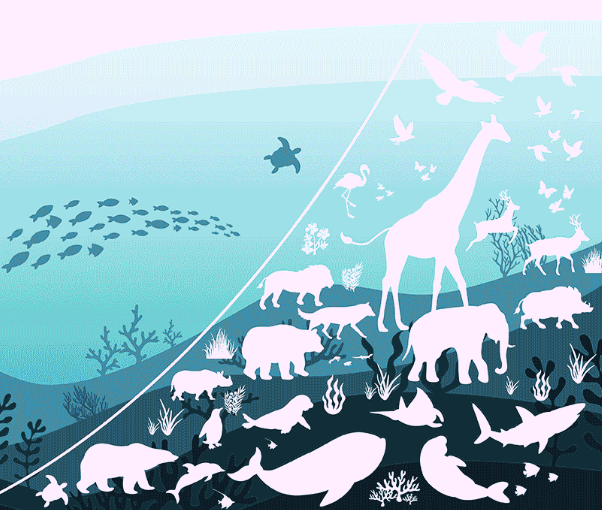Think Nature Inc.

Problem addressed
As natural capital and biodiversity rapidly decline across the world, companies are increasingly incentivised or required to quantity their biodiversity activities, for example Biodiversity Net Gain (BNG) or the Taskforce on Nature-related Financial Disclosures (TNFD). There is, however, a lack of spatial data which makes it difficult for companies and organisations to make quantitative assessments.
Overview of start-up
Think Nature provides an analytics reporting service and a suite of automated assessment tools to help global companies comply with relevant frameworks and monitor their implementation of business improvements to meet or exceed the existing requirements. Their offerings include:
GBNAT: An SaaS service for TNFD-compliant location assessments, utilising company location data to assess key indicators.
TN LEAD: A service that enables businesses to quantitatively assess and analyse their impact on nature, in accordance with the TNFD, to disclose environmental information related to their operations.
TN GAIN: A service that quantifies the impact of corporate activities on nature from a biodiversity perspective, using a scientific approach with AI and big data.
TN IMPACT: A service that visualises the impact of businesses and their activities on nature, supporting the promotion of environmentally symbiotic businesses.
What makes the start-up innovative?
They own a large amount of spatial data, including global-scale distributions on over 300,000 species across terrestrial and ocean ecosystems that have been collected / compiled independently over a period of more than 20 years.
How the start-up has been designed to scale-up quickly
As their services combine big data and AI-based nature visualisation techniques with scientific theories of biogeography and macroecology, Think Nature is not constrained by a specific location / region or a specific taxon. Biodiversity features can be compared before and after development at various locations. In addition, effective habitat restoration can also be proactively planned based on the potential distribution of wildlife at that location. This allows the scaling up of biodiversity net gain actions in the context of nature positive business.
